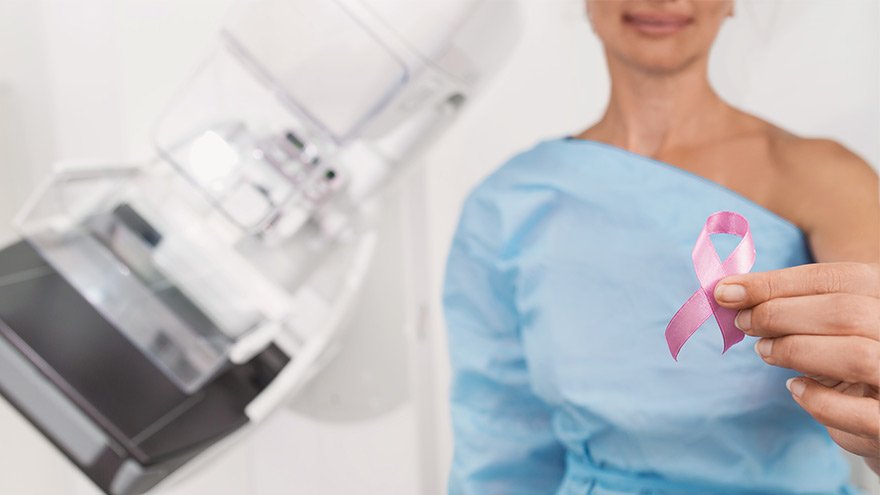
Guide for Self-Breast Awareness: Understanding and Performing Self-Exams

What is a Breast Self-Exam?
A breast self-examination is a technique used to check for early signs of potential breast health complications. This physical and visual examination typically only takes a few minutes. Performing monthly self-exams helps you become more familiar with the normal appearance and texture of your breasts, making it easier to recognize any changes during future exams.
While monthly self-exams are helpful, it’s important to get an annual mammogram even if you don’t notice anything. Mammograms help provide a 3D scan of the breast tissues, detecting changes that may not be felt during a self-exam.
Dr. Cristin Newkirk-Thompson, an MD with Renown Health, discusses the protocols and importance of self-breast awareness.
How to Perform a Self-Breast Exam
- Use the pads of your fingers and move them in a circular motion.
- Cover the entire breast area from top to bottom, side to side—from your collarbone to the top of your abdomen, and from your armpit to your cleavage.
- Follow a pattern: circular, wedge, or vertical line, ensuring you cover all tissue.
- Use varying pressure: light pressure for tissue just beneath the skin, medium pressure for the middle of the breasts, and firm pressure for deep tissue.
There are multiple ways to perform a self-breast exam including:
- Visual Inspection: Stand in front of a mirror with your shoulders straight and your hands on your hips or to your side. This is when you look for any abnormalities or changes.
- Lying Down: Lying down spreads the breast tissue evenly over the chest wall, making it easier to feel all areas.
- In the Shower: Many women find it easiest to feel their breasts when their skin is wet and slippery, so you might want to perform this step in the shower.
What to Look For
- Changes in density, size, shape, or symmetry.
- Dimpling, puckering, or bulging of the skin.
- Nipple changes such as inversion or discharge.
- Redness, soreness, rash, or swelling.
When to Perform a Self-Breast Exam
It’s recommended to perform self-breast exams monthly, a few days after the end of your period. For women in menopause or those who have irregular periods, the specific day isn’t as important, if it is consistent.
What to do if You Find a Lump
If you notice any new changes with your breasts, don’t panic; there can be several reasons why breasts have changed. It’s best to follow up with your provider to be as proactive as possible. Additional recommended screenings for further examination can be scheduled to have a clearer answer.
Why is Self-Breast Awareness Important?
It’s vital to be proactive with your health and understand that each breast varies in size, shape, and density. Additionally, be sure to discuss any family history of breast cancer with your providers to assess your risk level.
Having this added awareness helps contextualize what’s normal for your breasts to catch any abnormalities. Diagnosing early through self-exams can help create a better chance for successful treatment.
Breast cancer is one of the leading causes of cancer among women in America. However, there is hope. According to the American Cancer Society, the 5-year relative survival rate for localized-stage, no sign of cancer spreading outside the breast, is 99%. Whereas, regional-stage breast cancer, cancer that has spread to nearby structures or lymph nodes, has an 86% survival rate.
While it’s recommended to perform routine self-exams, there are times when no significant irregularities will be noticed. It’s important to remember that these exams aren’t meant to be the only detection of breast cancer. It’s best to be diligent with both regular exams and mammography screenings in order to take charge of your health.
Related Blogs


Do Mammograms Hurt? 4 Myths Debunked
